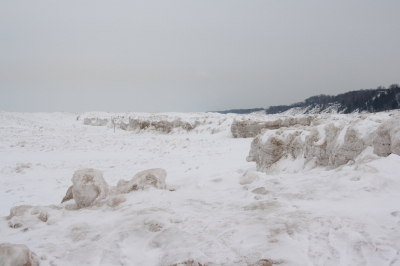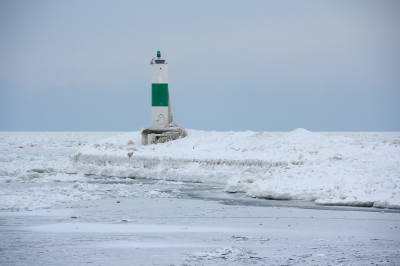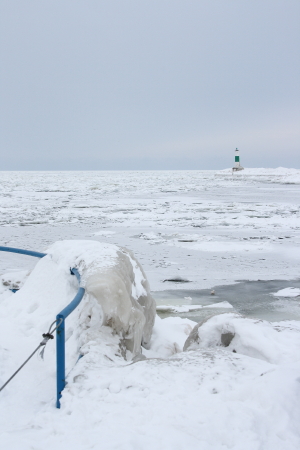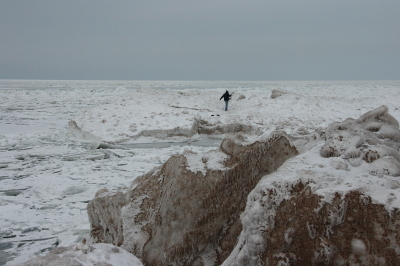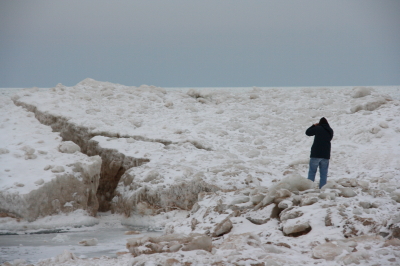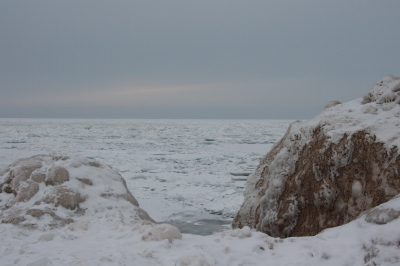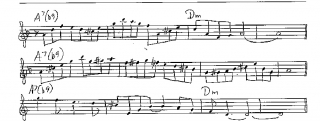We finally got a break in the gray skies and snows. Today’s morning sun rose into a flawless sky, and sunshine predominated all day long, along with warmer–which, at thirty-two degrees, is not to say warm, but an improvement on what we’ve had–temperatures.
I grabbed my saxophone and my camera and headed out to Grand Ledge this afternoon, and on the way out there, I grabbed my first workout in months. I haven’t been in the gym since last October, I’ve been feeling the lack of exercise, and I finally decided the time had come to get back into my workouts. So I dropped in at a modest but great little weight lifting gym out by Lake Odessa and ran through a quick, twenty-minute break-in routine. One set per movement is enough; I’ll be feeling the pain Monday when it comes time for my next bout in the gym.
Anyway…I took a number of photos out near Grand Ledge. The ones I liked best were of an old, deserted farmstead at sunset. Thought I’d share a couple with you.
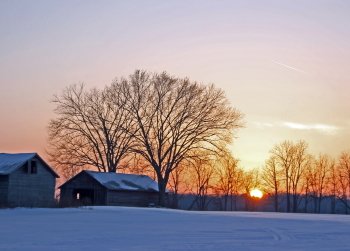
Old Shed at Sundown
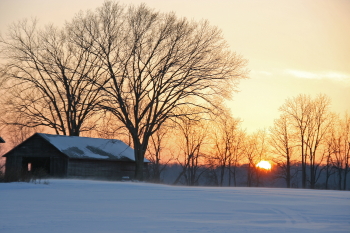
The Sun Sinks Lower
Afterwards, I found a place to park my car and practice my saxophone. It has been a while since I’ve spent time on my horn. I’ve been writing a book and have been singularly focused on that, and I need to exercise a little balance, tend to other things that are also important. Staying on top of my sax is right up there at the top. It felt good to limber up my fingers and run through some Charlie Parker licks.
It takes discipline to be a good jazz musician. Licks and ideas you think you own for keeps can desert you after a while if you don’t practice consistently. Fortunately, I’d only been away from my axe for a bit, not long enough to damage me. But it always feels good when I pick it back up.
